Ettore Bugatti was a man who did not fear setting himself a hard task. It was not just Bugatti’s exceptional design skills, but also his vision and bravery to defy conventional engineering principles of the time that delivered the Bugatti Type 35 – a car significantly ahead of its rivals in so many areas. It was also “Le Patron’s” willingness to push himself and the entire Bugatti team hard in pursuit of perfection.
Continuous evolution
Even after the Type 35 was launched in 1924, Bugatti still chose the hard road. He was one of the first automobile manufacturers to understand the commercial benefits of publicity gained by racing – and winning – on Europe’s famous motor circuits and more established road tracks. But although Bugatti was extremely confident in the ability of his new car, he had no way of knowing that the Type 35 would go on to become the most successful race car of all time with 2,500 victories in its active period. What Ettore Bugatti did know for certain was that his rivals would not stand still and that he could not rest. He must continue to develop the Type 35 to deliver even greater performance.
Equipped with an eight-cylinder 1,991cc engine, in 1924 the first Type 35 mustered 90PS in race specification. By early 1926, the engine had been enlarged to 2,262cc. Badged Type 35T for Targa, the resultant performance upgrade enabled the new car to win the great Targa Florio road race in Italy, chased home by two smaller-engine Type 35 sister cars.
The pursuit of increased efficiency
“It’s no secret Ettore Bugatti’s first preference was for naturally aspirated engines and that he was not initially an enthusiast of supercharging because they were relatively inefficient,” explains Luigi Galli, Specialist for Heritage and Certification at Bugatti. “However, what may be less well known is that despite his preference for naturally aspirated engines, Bugatti was looking to the future and to forced induction, using superchargers, even before the Type 35 made its race debut in Lyon in August 1924.
“In fact, Bugatti applied for French patent number 576.182 for a ‘Compresseur ou pompe à palettes’ on 22 January 1924, for a rotary vane design which could deliver extra power on-demand when engaged by the driver, by forcing pressurized air into the carburetor. And one thing was certain, if Bugatti was going to use a supercharger, then he was going to do it his way.”
Supercharged
As a result, Ettore Bugatti developed his own Roots-type supercharger with prominent Italian engineer Edmond Moglia, but opted for a three-rotor configuration instead of the two-rotor design that was more common at the time. The supercharger was mounted on the engine’s offside. A pressure relief valve was mounted above the manifold and vented excess boost pressure through a corresponding hole cut into the bonnet.
In a further innovative step, the engine exhaust inlet manifold was heated by engine coolant. This meant that it warmed up much more quickly, for greater efficiency, while contributing to greater cooling capacity for the engine itself, a principle which is still deployed in engine construction today.
Type 35TC
Arriving in late 1926, the Type 35TC, named for Targa Compressor, evolved into the Type 35B in 1927. Represented by a larger radiator and cowling to allow for greater cooling, known as the ‘Miramas’ design, it produced up to 130PS, sufficient to propel the car to a top speed of more than 205 km/h (150 mph).
Type 35B
Further development of the car followed and by late 1930 the Type 35B had evolved to what many regard as its ultimate specification, with a twin-cam, two-valve per-cylinder engine. It also featured a twin fuel filler cap, upgraded suspension, wheels, brakes and tires and a lower-mounted supercharger relief valve. Bugatti’s determination to leave no detail overlooked in the pursuit of ultimate performance led to fine-tuning every element of the engine’s combustion system, including piston and cylinder head sculpting and even the use of aero-grade fuel to deliver 140PS.
Over a century later
Today, at Molsheim, inside the Bugatti Atelier, every Bugatti model is hand-assembled with the same relentless precision that Ettore applied to every detail of the Type 35. A century later and Bugatti’s designers and engineers are still pushing themselves exceptionally hard to develop the finest automobiles in the world.
All content © 2024 Bugatti


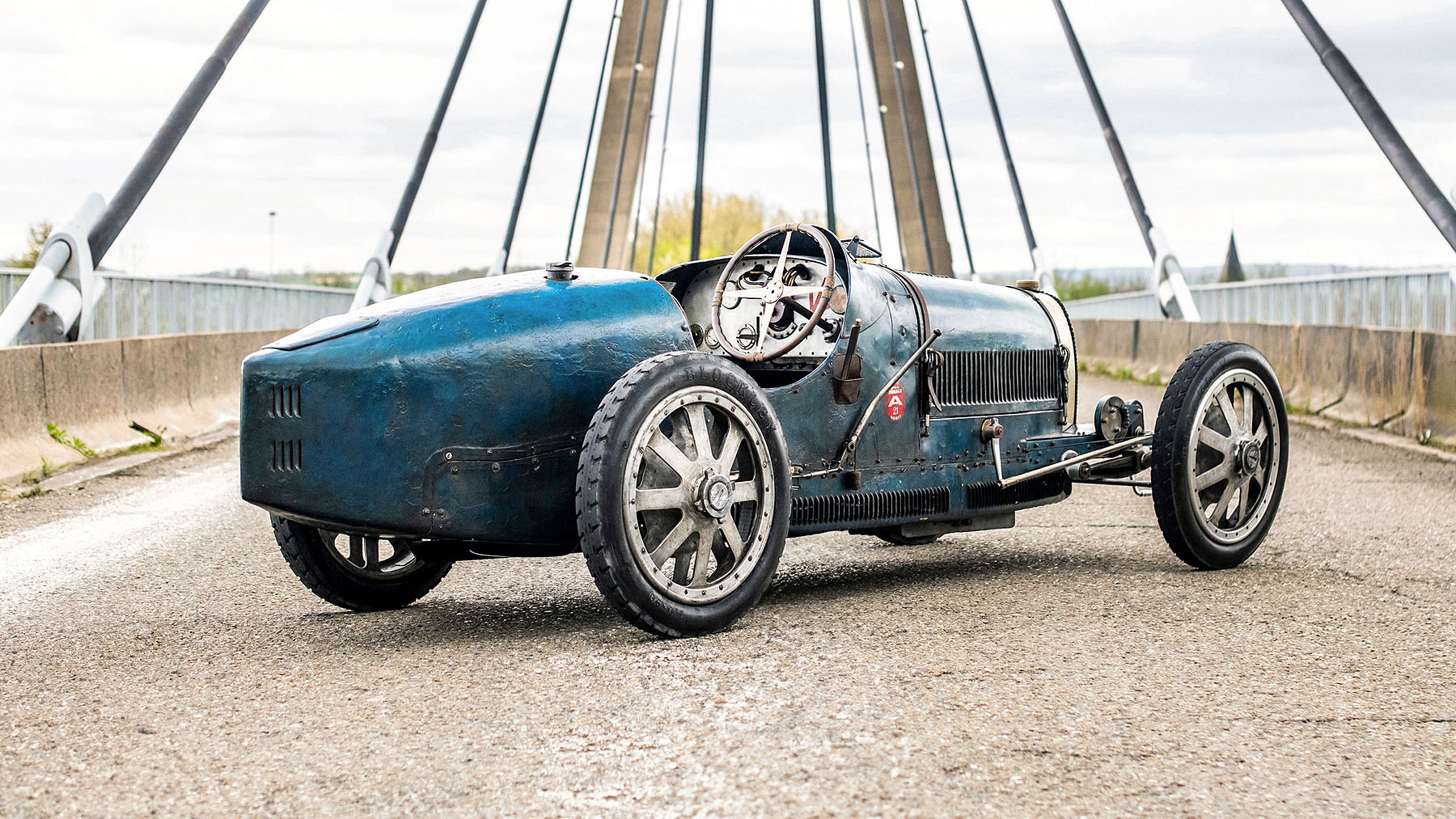

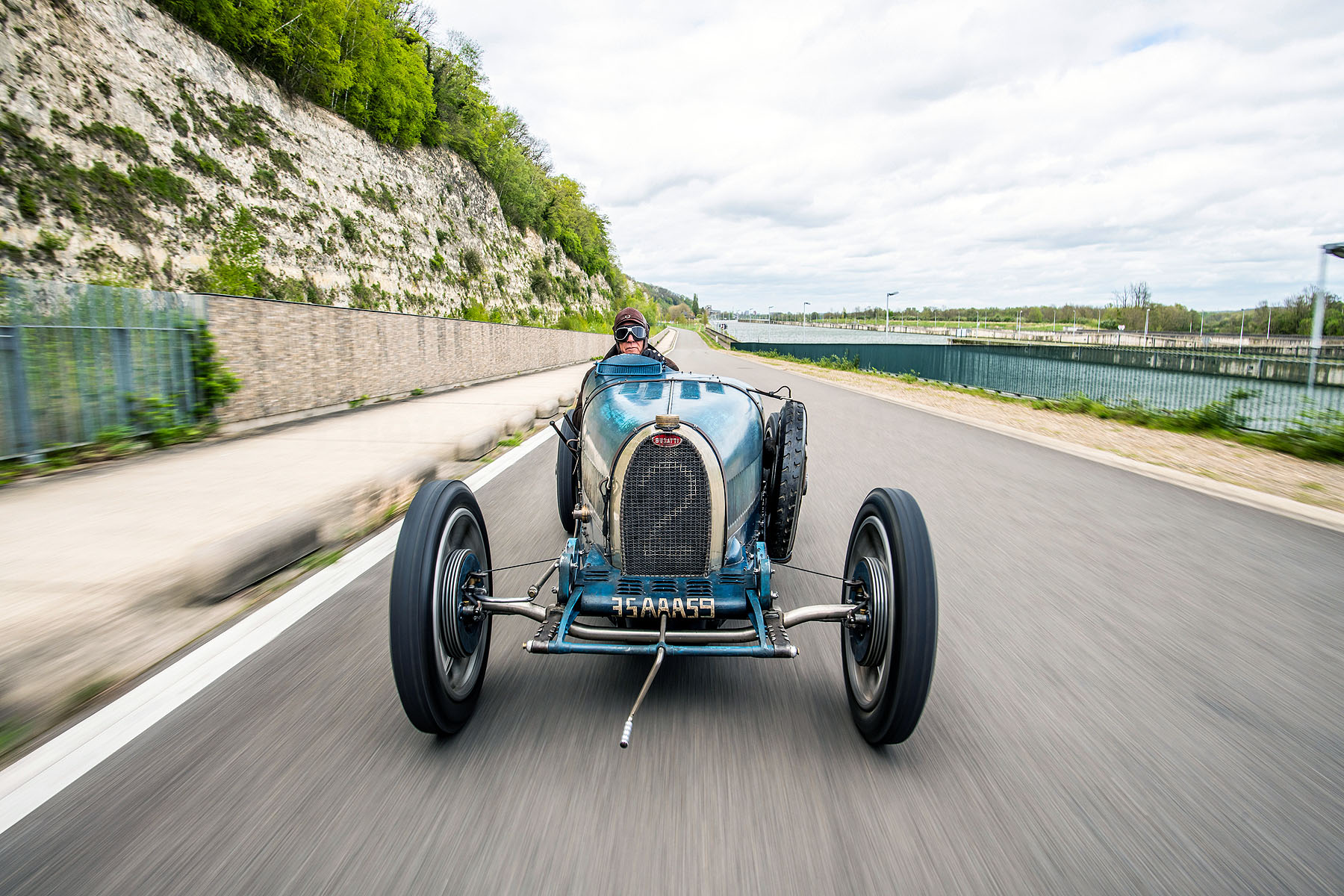
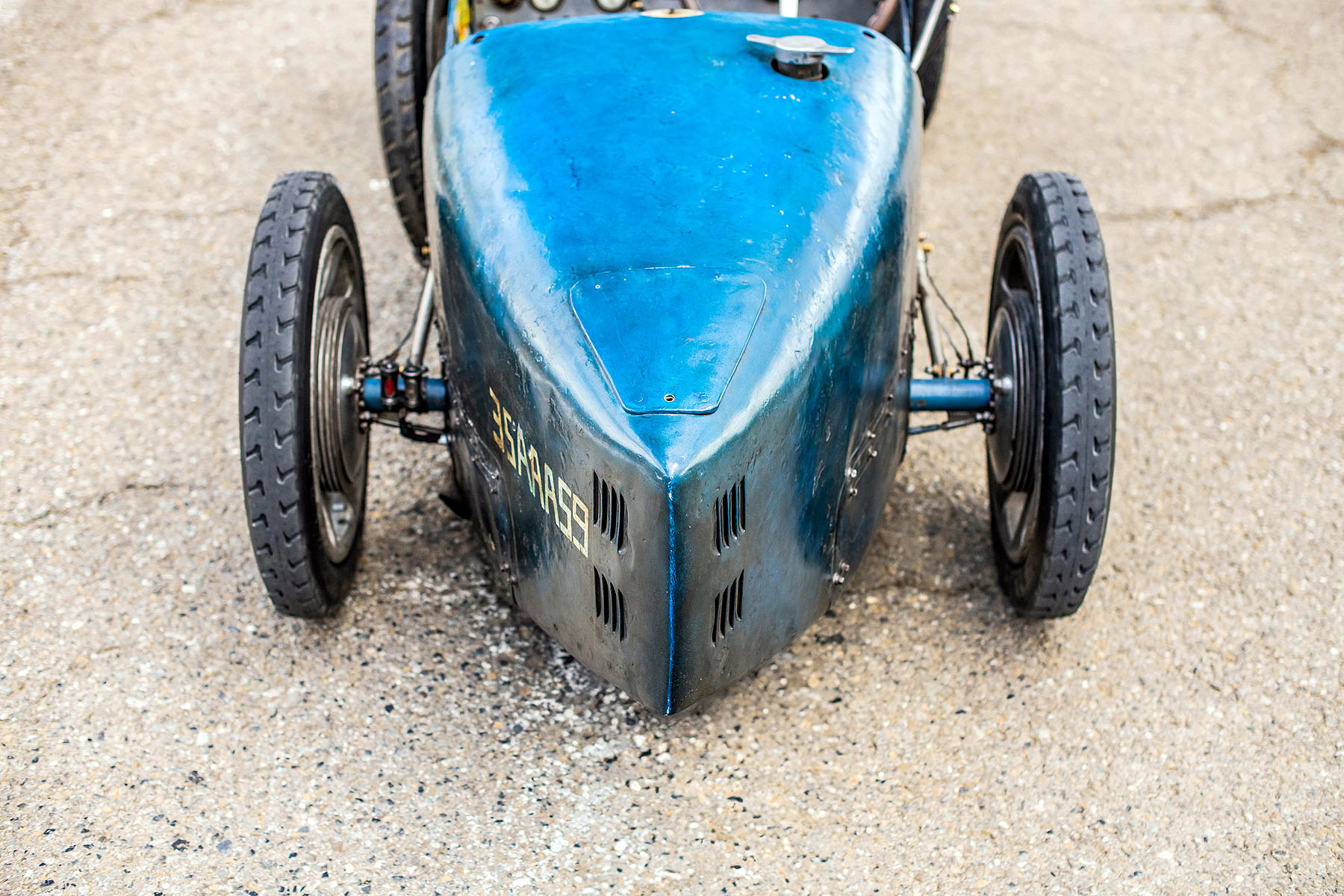
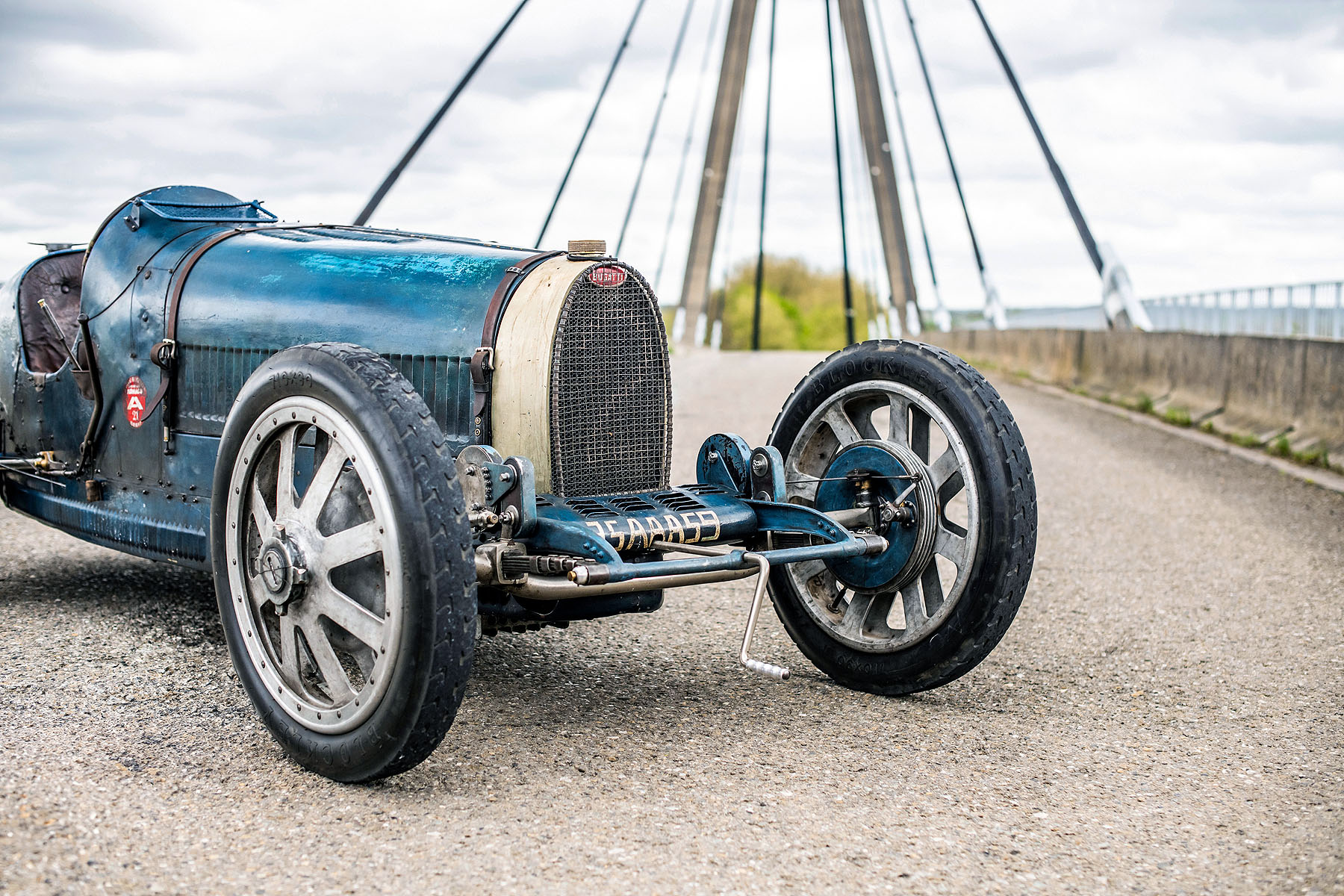
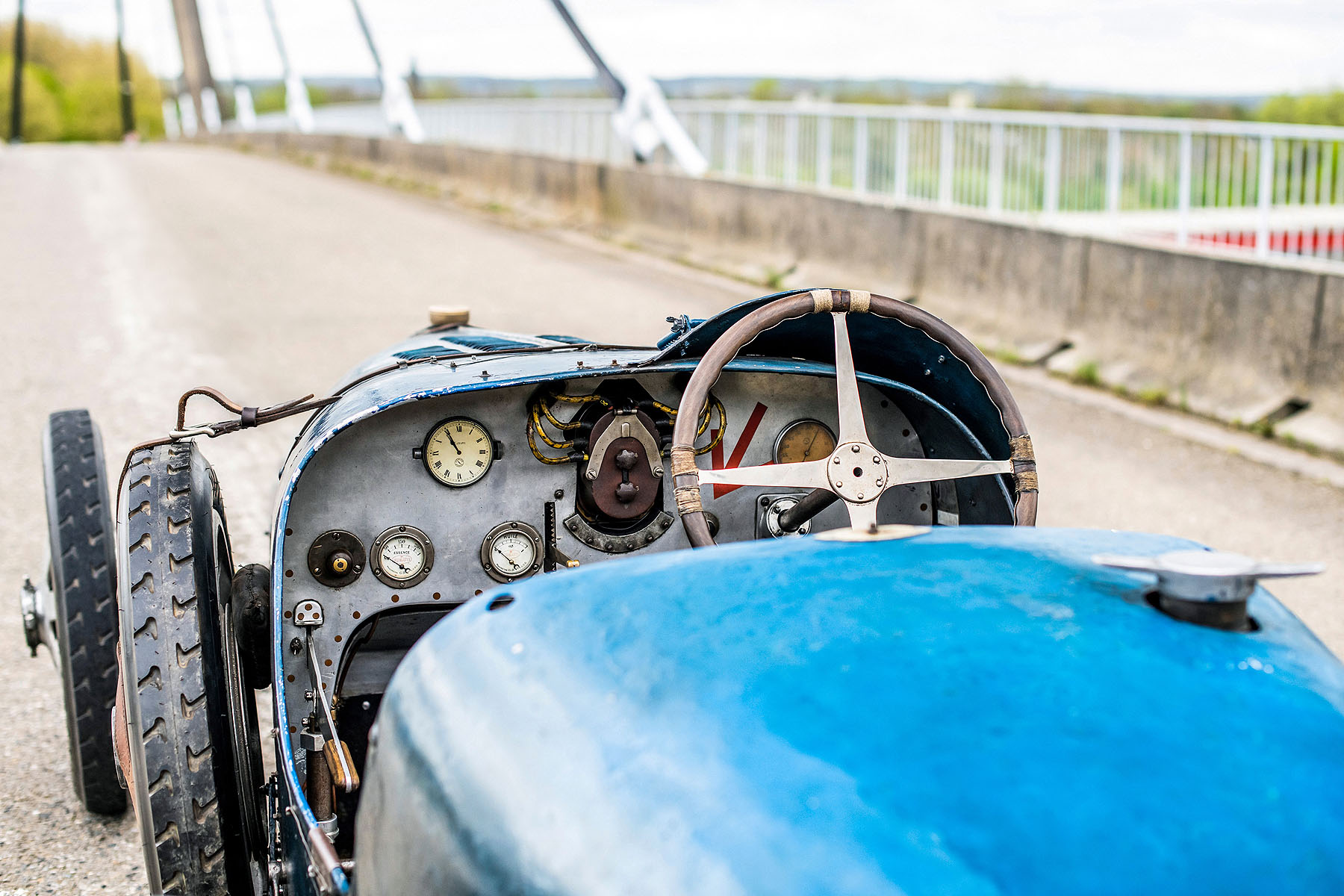
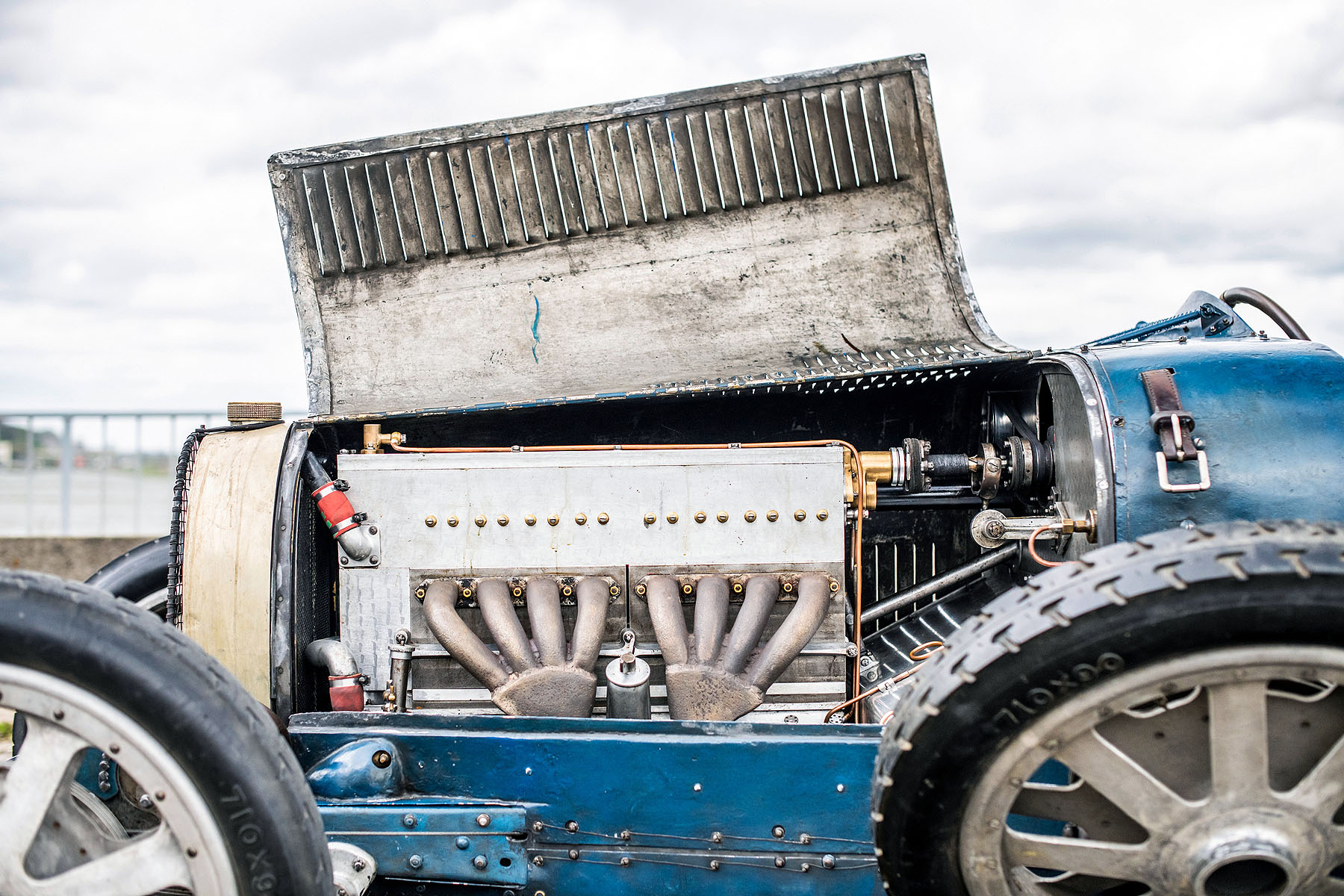


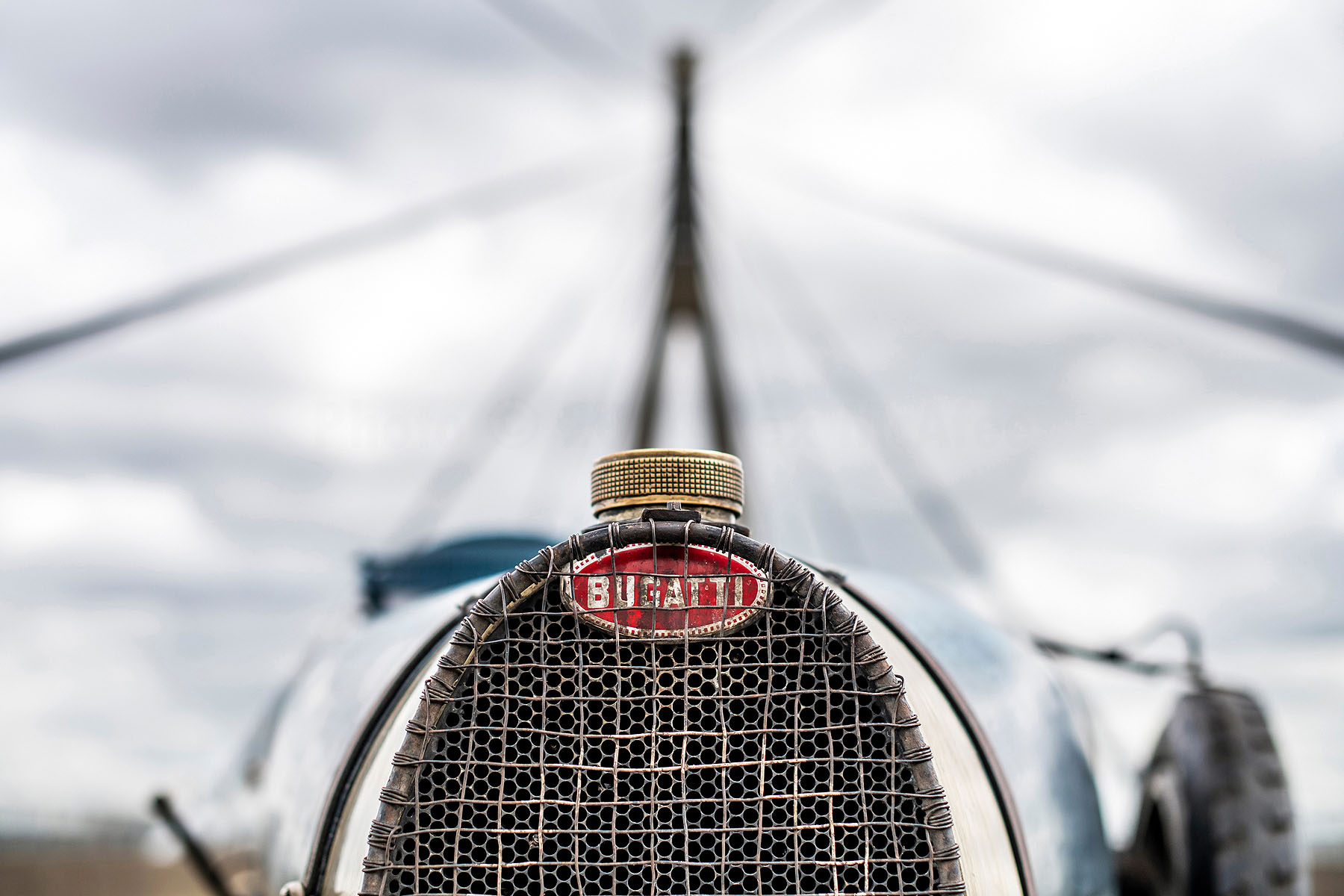
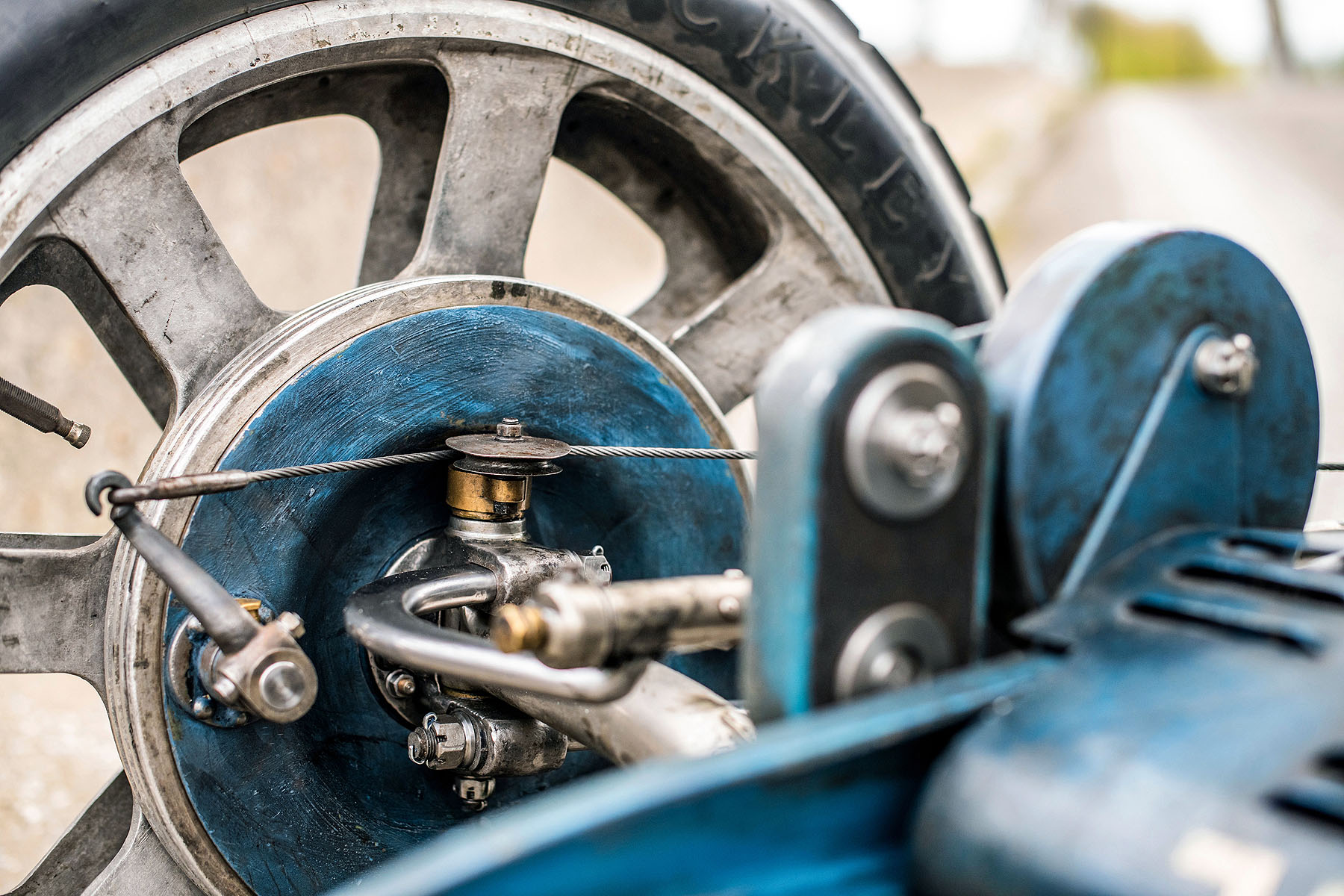
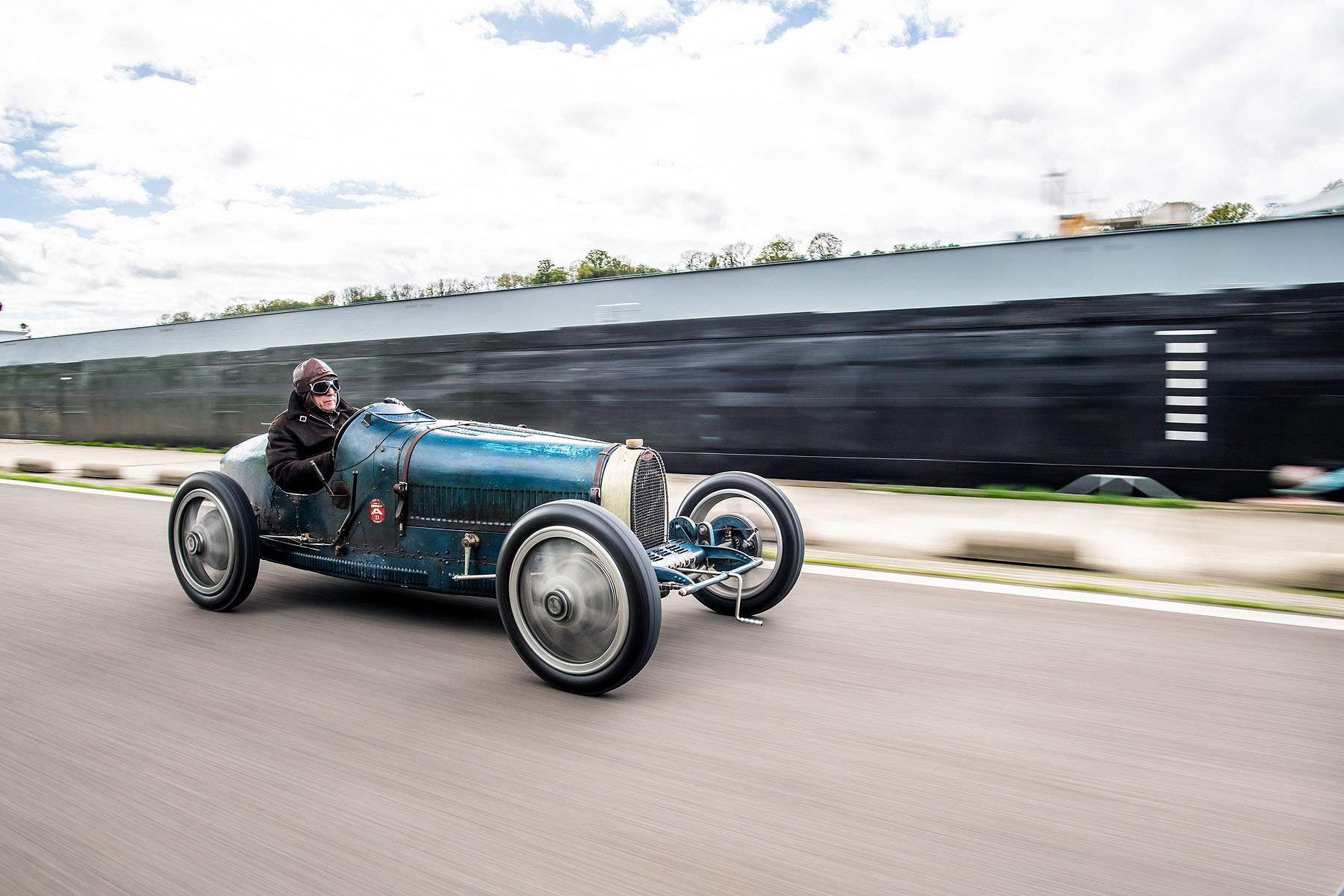
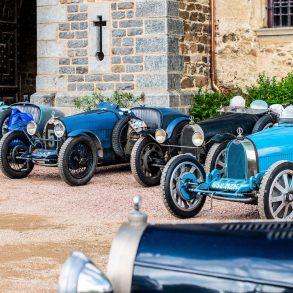


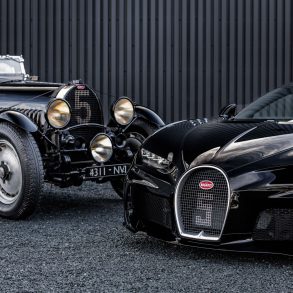
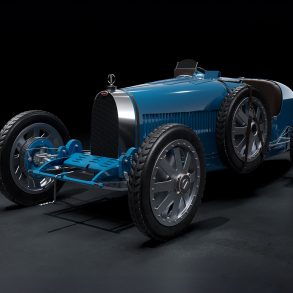
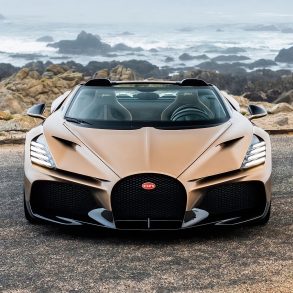

I saw 35AAA59 at the 2006 Le Mans Classic in the paddock; my photos show it with less paint on it than it has in the shots above; the bonnet halves in particular were almost completely devoid of paint; having said that I’m glad it hasn’t been restored and become “just another Bug”!